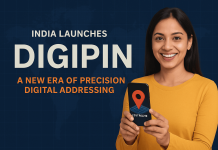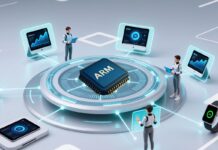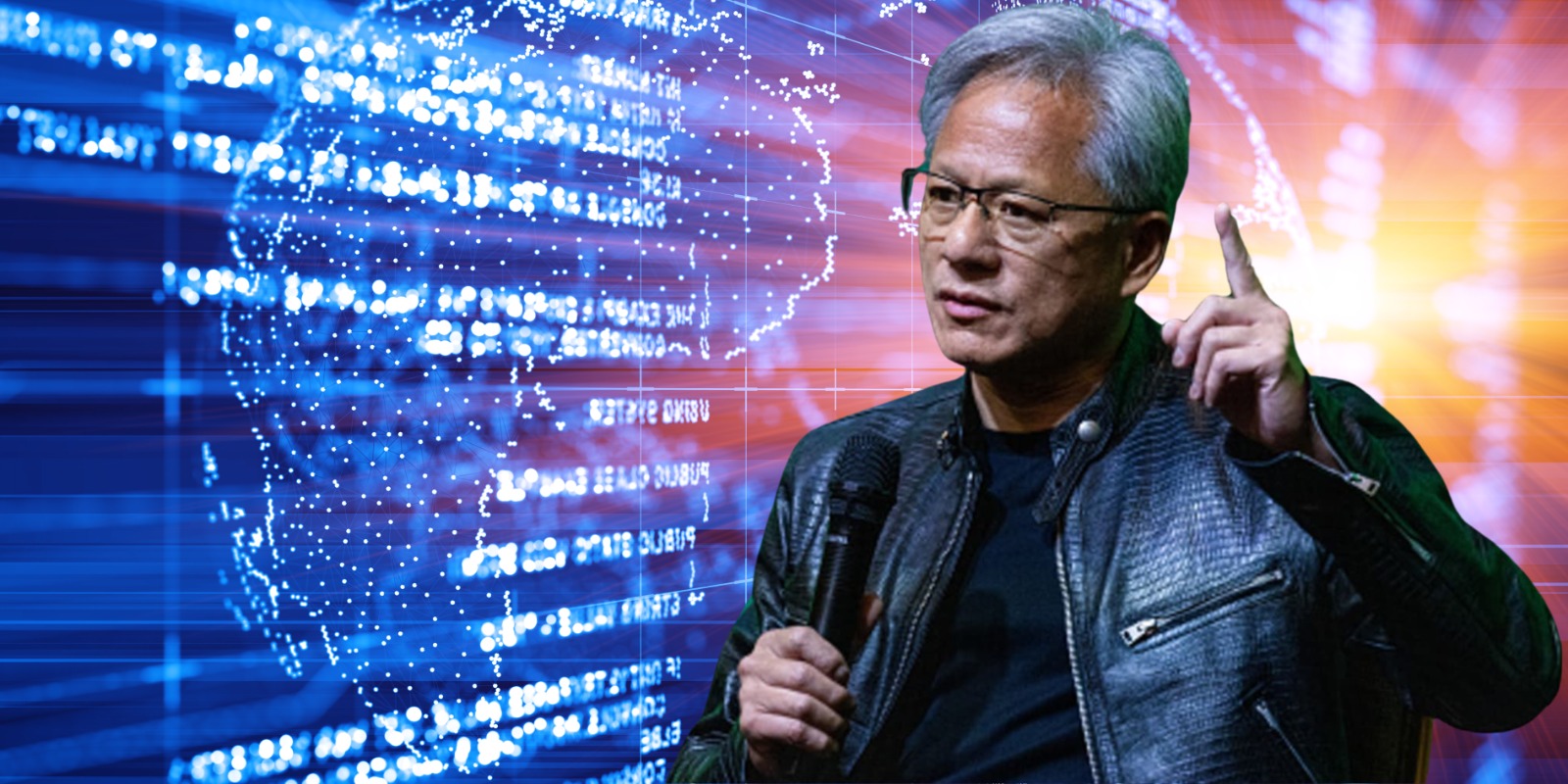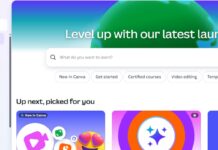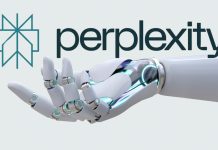Table of Contents
What If AI Could Learn Like People?
Imagine teaching a robot how to draw, talk, or solve puzzles — just like teaching your younger sibling. Sounds futuristic, right? But according to Jensen Huang, the CEO of NVIDIA, that’s exactly how we should think about programming Artificial Intelligence (AI).
Huang believes that training AI is not like writing boring old computer code — it’s more like teaching a person new skills. In this blog, we’ll explore why that idea matters and what it means for students, parents, teachers, and the future of work.
What Does It Mean to “Program” an AI Like a Person?

Traditionally, programming means writing very specific instructions in a coding language. If you’ve ever tried Scratch or Python, you probably told the computer exactly what to do, step by step.
But AI is different.
Instead of just telling it what to do, you show it, train it, and correct it — almost like how a teacher guides a student.
For example:
- You don’t just say, “Translate this sentence.”
- You show thousands of examples of good translations.
- Over time, the AI learns patterns, just like we do when learning a language!
Why This Idea Is Important

This human-style training means AI isn’t just a tool — it becomes a learner. And that opens up lots of possibilities:
- AI can get better at understanding emotions
- It can solve new types of problems
- It can work with humans, not just for them
But it also brings responsibility. Just like with people, what we teach AI — and how we teach it — matters.
How Does This Work in Real Life?
NVIDIA is a company that makes powerful computer chips and tools for AI training. These chips are used in everything from self-driving cars to robots to ChatGPT-style apps.
Jensen Huang explains that AI now learns the way people do:
- Through examples
- Through feedback
- Through experience
This is called “foundation model training” — it’s like teaching AI a “base” of knowledge, so it can learn new things more easily, just like how school provides us with basic math and reading skills.
Why This Matters for Students
If programming AI is like teaching a person:
- Anyone can get involved, not just coders!
- We need people with creativity, ethics, and communication skills
- AI needs good teachers — and that could be you!
Whether you’re interested in science, writing, or art, you have something to offer in shaping the future of AI.
How Do We “Teach” AI the Right Way?
Just like teaching a person, training AI requires:
- Good Data: If we show AI biased or wrong examples, it will learn the wrong things.
- Clear Goals: We need to tell AI what we want — is it to be helpful? Fast? Fair?
- Feedback: Just like students learn from mistakes, AI needs corrections and updates.
That’s why diverse teams are needed to build AI — people from different backgrounds, languages, and experiences can help make AI smarter and kinder.
The Big Impact on the World

If AI learns like people, it could one day help with:
- Healthcare: Helping doctors diagnose diseases
- Education: Supporting teachers in the classroom
- Climate: Predicting weather and solving energy problems
But if we’re not careful, AI could also learn bad habits, spread fake news, or make unfair choices.
That’s why we all need to understand how AI learns — and how we can guide it in the right direction.
Conclusion: We Are the Teachers of Tomorrow’s AI
Jensen Huang’s message is simple but powerful:
Programming AI is less about typing commands and more about training minds.
The future isn’t about humans versus machines.
It’s about humans teaching machines, and machines helping humans.
And guess what? Whether you’re a student, parent, or teacher, you’re already part of that future.






